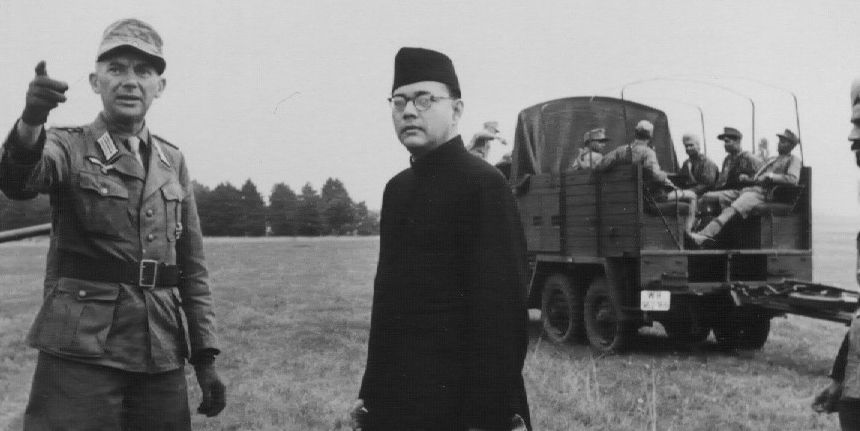The Impact of Bose's INA in India's Independence Struggle: Beyond the Battlefield
The Indian National Army (INA) led by Subhas Chandra Bose played a significant role in India's struggle for independence during World War II. While the INA's military effectiveness was limited, its impact went beyond the battlefield and left a lasting legacy in India's fight for freedom. This article explores the key aspects of Bose's INA and its contribution to India's independence, shedding light on its historical significance. Formation of the INA: The INA was established on February 17, 1942, shortly after the British surrendered to Japanese forces in Singapore. Comprised mostly of Indian prisoners of war captured by the Japanese, the INA was envisioned as a powerful weapon in the planned conquest of India. However, the army faced disarray and lacked leadership until the arrival of Subhas Chandra Bose in July 1943. Bose's Leadership and Vision: Subhas Chandra Bose, after seeking support from both the Nazis and the Japanese, took charge of the INA on July 4, 1943. He revitalized the army, instilling a sense of pride and determination among the troops. Bose embarked on a public relations campaign, garnering support from the Indian diaspora in Japanese-occupied Southeast Asia. Through his efforts, the strength of the INA grew to over 40,000 personnel, with many Indians contributing their life savings to the cause. Military Setbacks and the Imphal Offensive: Bose's strategy hinged on a large-scale uprising within India, complementing the INA's attack at the border. However, the tide of the war turned against them. The Imphal offensive in 1944 proved to be a significant setback. The INA, along with its Japanese allies, faced defeat due to the enemy's air superiority, lack of supplies, and disease. Despite their efforts, Bose's army never set foot in India again. The INA's Impact: Despite the military defeats, Bose firmly believed that the INA's fight had not been in vain. He declared that their sacrifices and sufferings would serve as an undying inspiration to Indians worldwide. After the war, the British Indian army publicly prosecuted senior INA officers for high treason, holding trials at the Red Fort from November 1945 to May 1946. Contrary to expectations, the Indian public overwhelmingly sympathized with the INA, viewing its soldiers as heroes in the national struggle for independence. Nationalist Sentiment and British Repercussions: The trials unleashed a wave of nationalist sentiment among the Indian public, with widespread support for the accused INA officers. The Indian National Congress, which had initially been critical of Bose's alliance with the Japanese, took up the responsibility of defending the accused in the trials. This overwhelming national sentiment was a turning point, leading to mutinies in the Royal Indian Navy and the Indian Army. The identity of the armed forces became intertwined with the nation, making the idea of a British Indian Army untenable. The Enduring Legacy: Even in the face of military defeat, Bose's INA left an indelible mark on India's struggle for independence. The trials and the subsequent mutinies highlighted the unity and resilience of the Indian people. The INA became a symbol of resistance against colonial rule, with its soldiers hailed as heroes. The events following the INA trials contributed to the eventual end of British rule in India and paved the way for independence. Subhas Chandra Bose's Indian National Army may not have achieved significant military victories on the battlefield, but its impact on India's struggle for independence went far beyond the confines of war. Bose's leadership and the INA's role in stirring nationalist sentiment and unity among the Indian populace played a crucial part in the eventual freedom of the country. The legacy of Bose and the INA continues to inspire generations, reminding them of the power of determination and collective action in the pursuit of independence.

.jpg)

